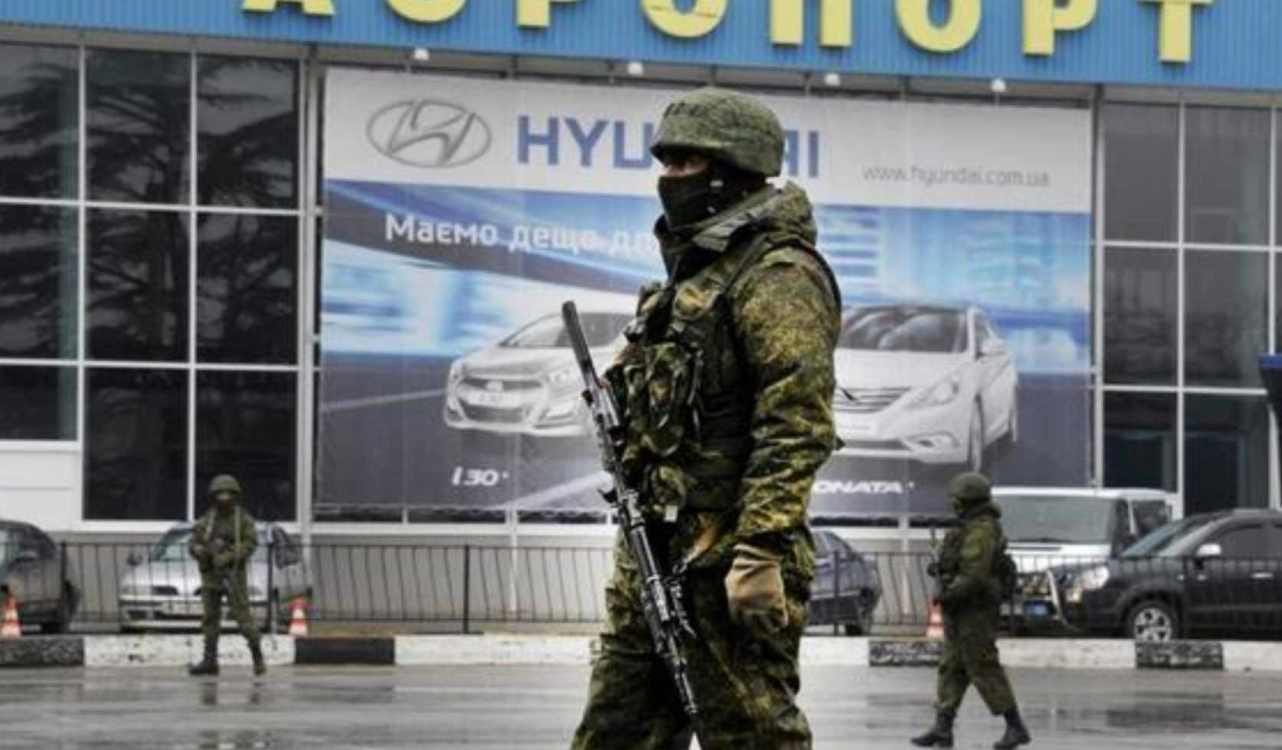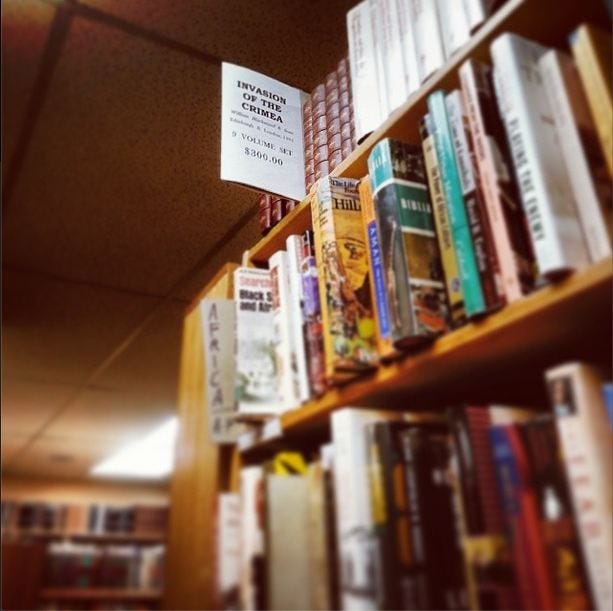Manoj Joshi
04 March 2014
Because, if the former Navy chief D K Joshi and Shekhar Sinha are somehow culpable, so is the entire chain of command downward and upward - the Flag Officer who actually commands the western fleet, the Flag Officer Maharashtra Gujarat area, Commodore commanding submarines (west) and the Sindhuratna's captain. Upwards, it leads to the now departed Chief of Naval Staff, and in parallel to the the Joint Secretary (Navy), the Additional Secretary, Defence Secretary, and then, to the Defence Minister, Prime Minister and, of course, the Supreme Commander of the armed force, the President of India.
Clearly, this would be an absurd construction. The reason why it is being played out is because people fail to differentiate between assuming "moral responsibility" for an accident, and "culpability" or even "constructive responsibility" for it. Neither Admiral Joshi nor Sinha, or for that matter the PM, RM and the President are culpable for the accident, whose causes are yet to be determined. They may share constructive responsibility, though, whether it requires their resignation is another matter. In the past ten years, some 110 Indian Air Force aircrafts have crashed, some due to human error, others due to manufacturing or maintenance defects. During Operation Parakram, hundreds of soldiers died, even though we didn't have a war. Many were killed by defective mines and fuses. But no one took responsibility, either constructive or moral.
Admiral Joshi has insisted on taking moral responsibility and that is to his credit, but it is a deeply personal decision.
He was the one who insisted on the removal of the captain of the INS Talwar after it hit an unlit fishing boat off Mumbai a month or so ago. He has always set high standards, and he probably feels that he needs to live up to it.





 Katie Putz
Katie Putz





